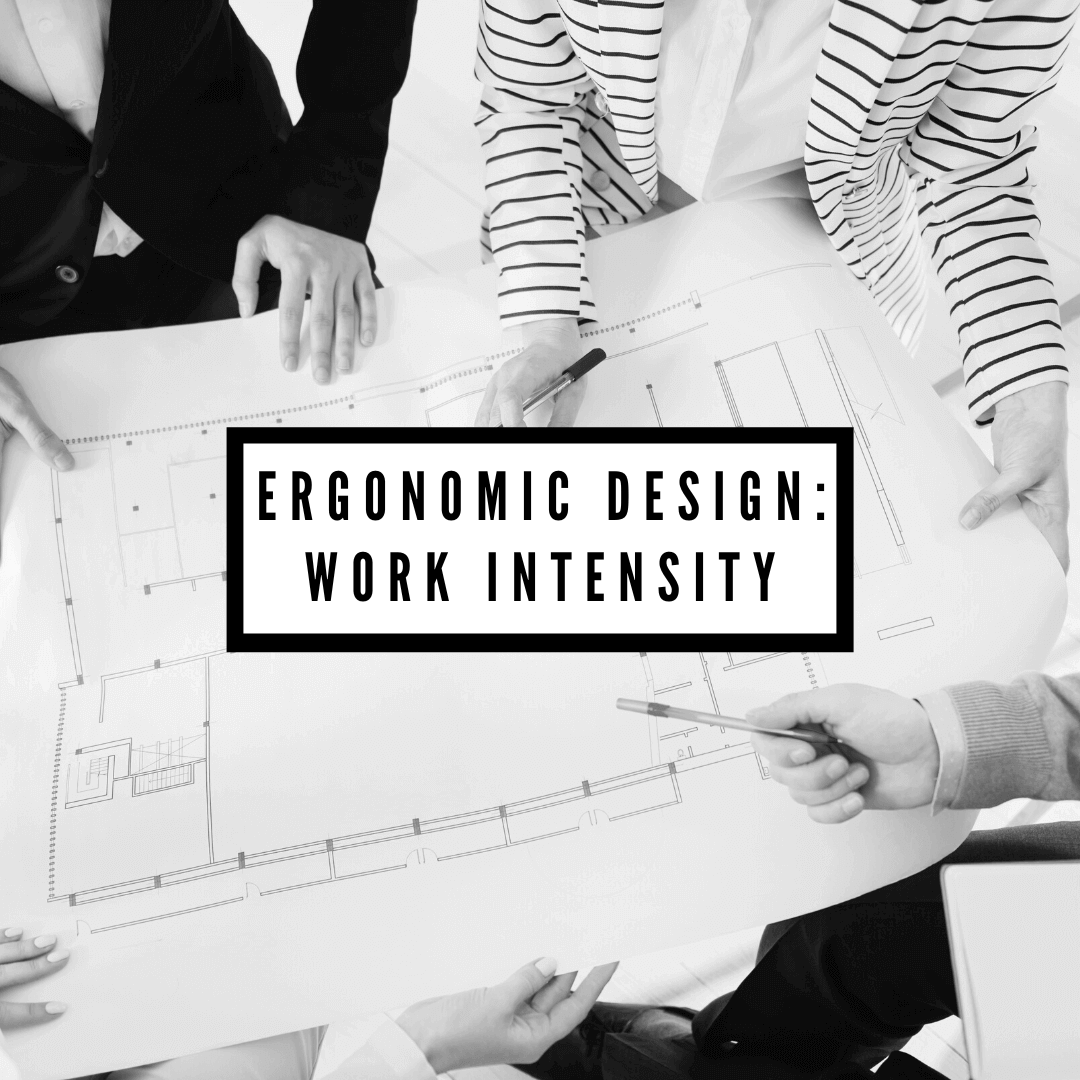Ergonomic Designs: Positions and Movement
The world of manufacturing produces many products, and with many products come many procedures. Because the manufacturing world has such a variety of procedures, ergonomic designs are not one size fits all, especially when we consider the variety of positions and movements required. However, each position and movement can be ergonomically tailored if we consider and follow ergonomic guides and principles.
Standing
Some procedures are best performed whilst standing. When designing a standing workspace, it’s important to take the level of work and its intensity into account. Heavy work is done most ergonomically around waist level so that a worker can utilized their anatomy and body structure to perform at it’s peak of strength and endurance. Light work positions are most ergonomically performed from abdomen to chest level, all to reduce stress on the neck and shoulder structure. Precision work should be placed at shoulder height to eye level in order to allow for a clear line-of-sight to the operator.
After looking through various types of work, we notice that many tasks require multiple steps and types of work to perform the sequence of the work task. This problem can many times be remedied by implementing a multi-axis work positioning device that enables the operator to quickly, efficiently, safely and ergonomically correct transition between tasks without the risk of bodily injury. But even with such aids, it is important to offer the operators a variety of tasks with adequate breaks to avoid the development of any musculoskeletal disorders.
Sitting
Sitting work will be under the umbrella of light or precision work as sitting is not conducive to doing any heavy labor safely. Sitting work stations still require customization as everyone is built differently and consequently needs different accommodation. Things to consider when building a sitting station are posture, spine support, and lumbar support. Spines naturally have an S-shaped curve and need to be supported by the chair so the spine have plenty of cushion for lumbar support. A sitting workstation, must also offer comfort while offering good posture and additional stress to any parts of the body. While sitting work positions in general are less stressful to the human body than standing positions, still adequate breaks should be implemented.
Conclusion
There are multiple things to consider when designing workstations and work task positions. The intensity of work, frequency of work, and the various movements required to complete the task are all important factors to consider.
Is it time for you to design ergonomics into your shop floor tasks?



